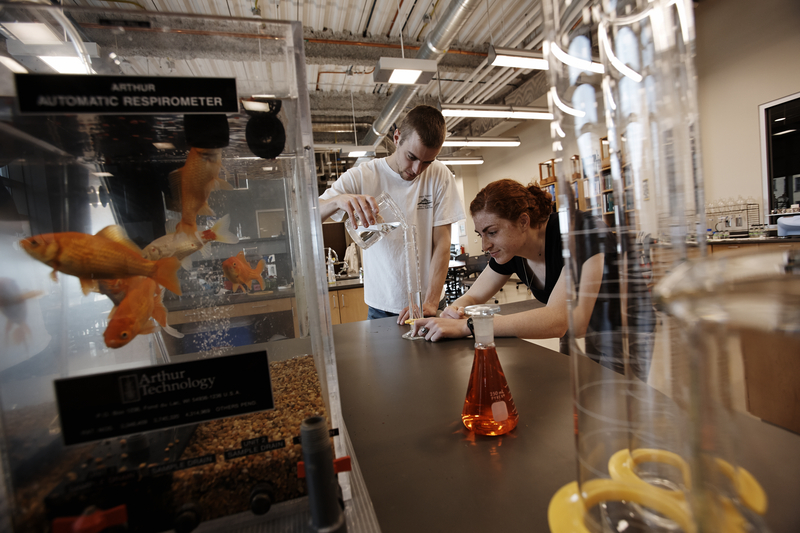Environmental Effects on Self-Luminous GFRPs
Thesis Date: April 1, 2022
By implanting luminous powder into GFRPs, the material’s luminous capabilities coupled with its high strength to weight ratio create a structural component doubling as a sustainable light source. In this research, the luminous and mechanical properties of selfluminous GFRPs subjected to various environmental stimuli are studied to understand how their brightness and mechanical properties are affected by their environment and differing luminous powder concentrations. To simulate the conditions a GFRP will face during its lifetime, the material was studied after exposure to UV radiation, freezing and hot temperatures, and submersion under water. This study also analyzes how the luminous and mechanical properties of natural, flax FRPs differ from GFRPs.
A luminous test was performed to study the material’s brightness over time. It was found that self-luminous GFRPs emit light in logarithmic decay upon light source removal. Additional luminous powder can be added to the GFRP to increase brightness and duration of emittance, however the rate of change in brightness and duration decreases as higher concentrations of luminous powder is added. A self-luminous GFRP’s brightness is significantly decreased after exposure to UV radiation and slightly decreased when heated. Moisture plays no role in a GFRP’s brightness, while freezing temperatures slightly increase its light intensity over time.
To study the material’s mechanical properties, a quasi-static tensile test was performed. The experiment found the tensile strength and ultimate strain of self-luminous GFRPs are unaffected by luminous powder at low concentrations, and the material’s elastic modulus increases with additional powder. Moisture caused a significant decrease in the material’s tensile strength and ultimate strain but did not affect its elastic modulus. UV radiation caused a slight decrease in tensile strength, ultimate strain, and elastic modulus, while the freezing and heated temperatures studied in this experiment did not affect the material’s mechanical properties.



